Chef Okada's Habanori Journal Vol 1
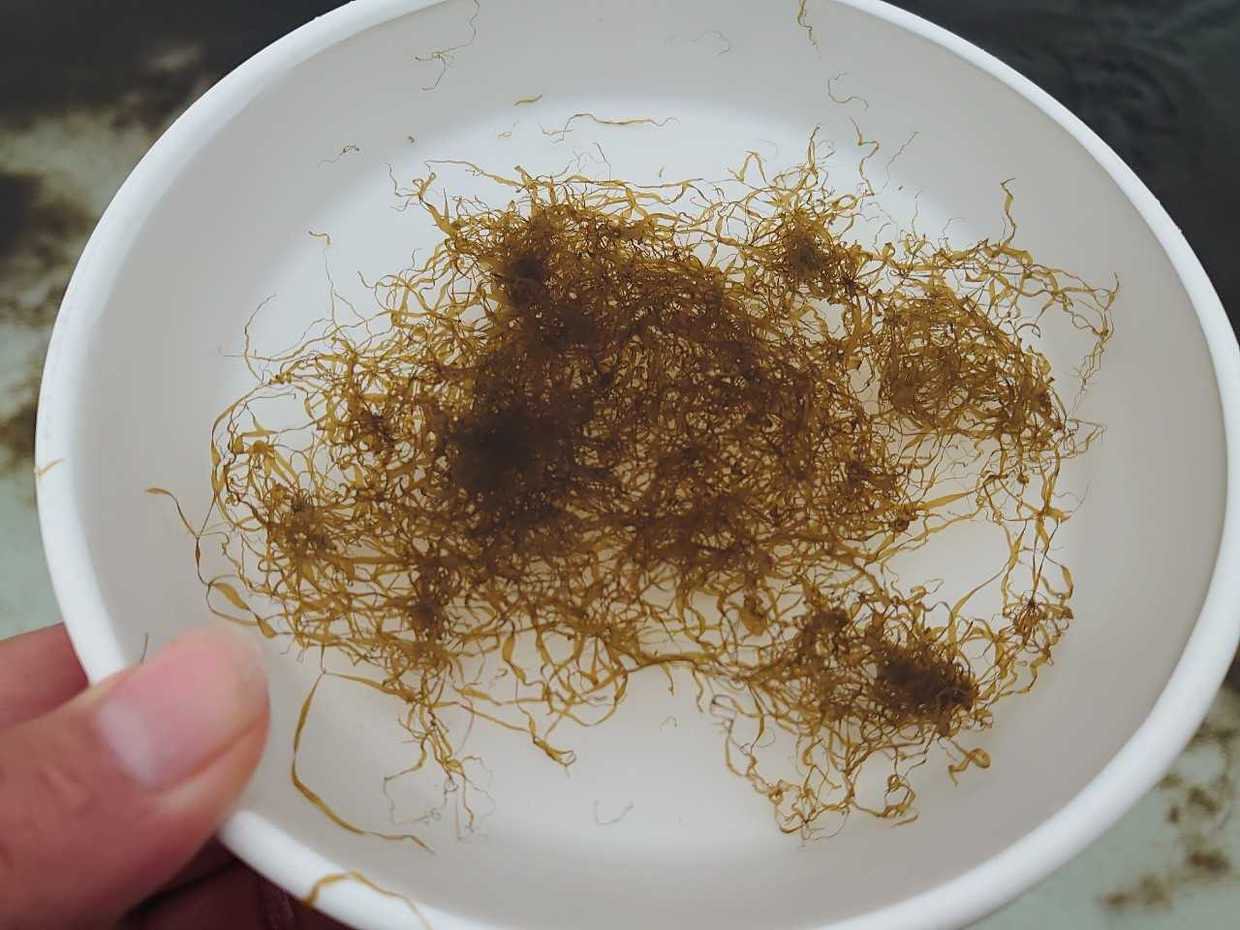
This tiny and delicate Habanori ...
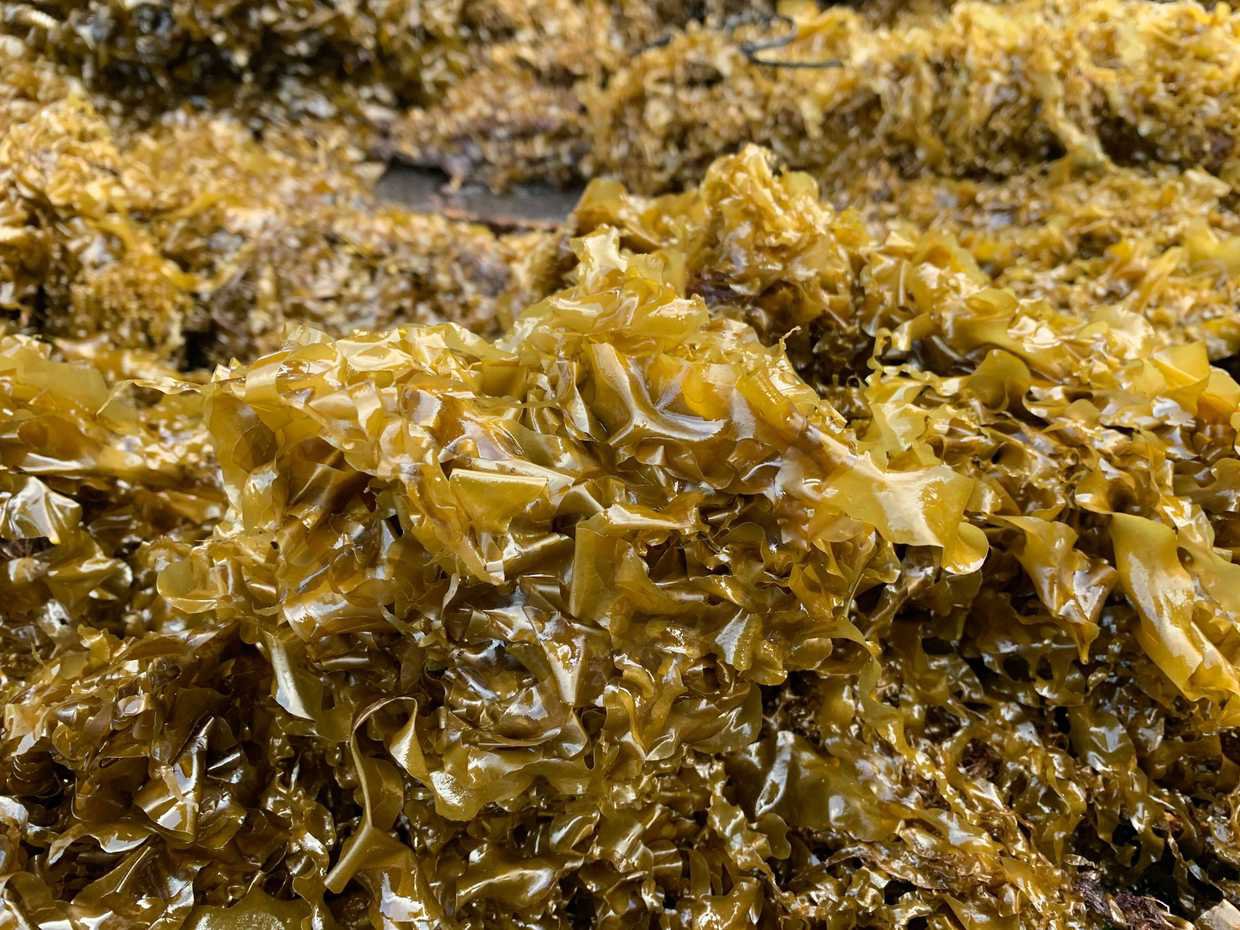
has grown into such splendid, wide, and large forms!
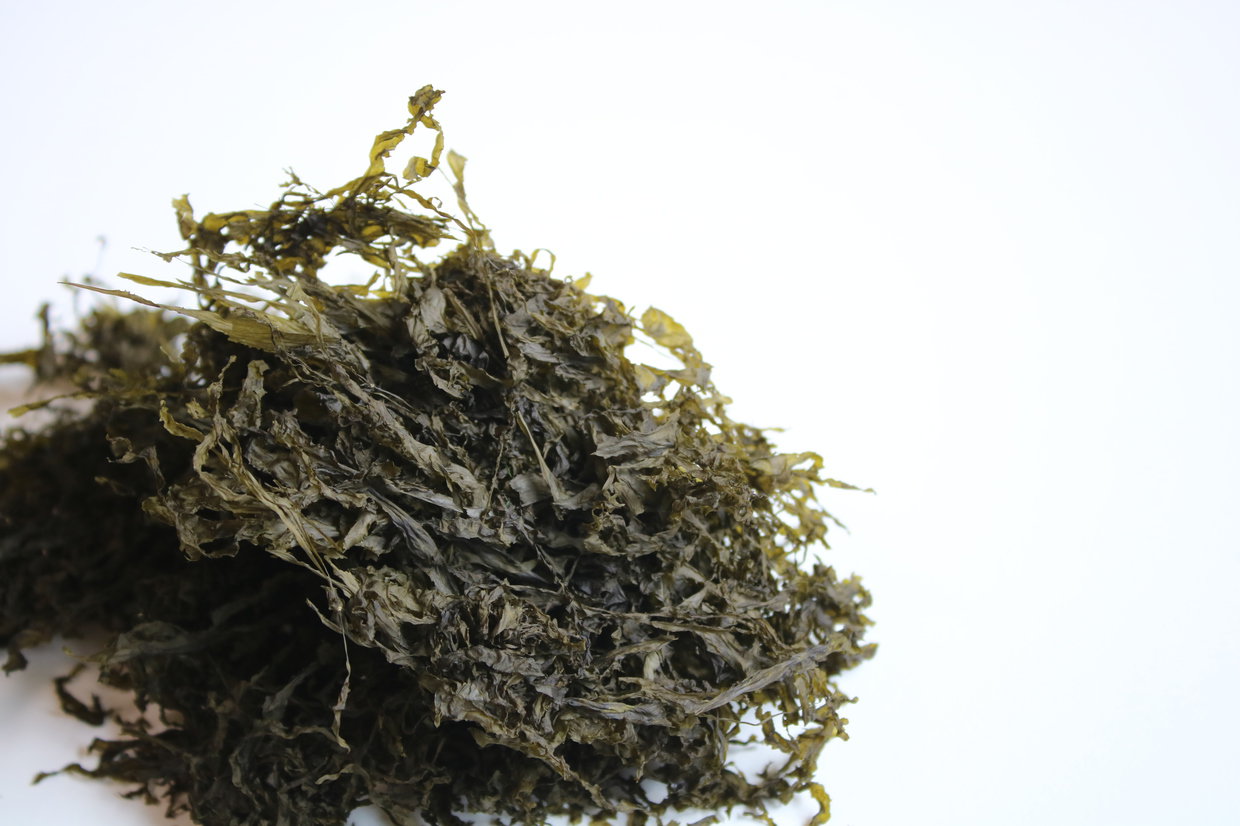 Eukaryote Diaphoreticus
Eukaryote Diaphoreticus
SAR Super Group
Stramenopiles
Phaeophyceae
Laminariales
Laminariaceae
Undulipodium Plantae
Habanori
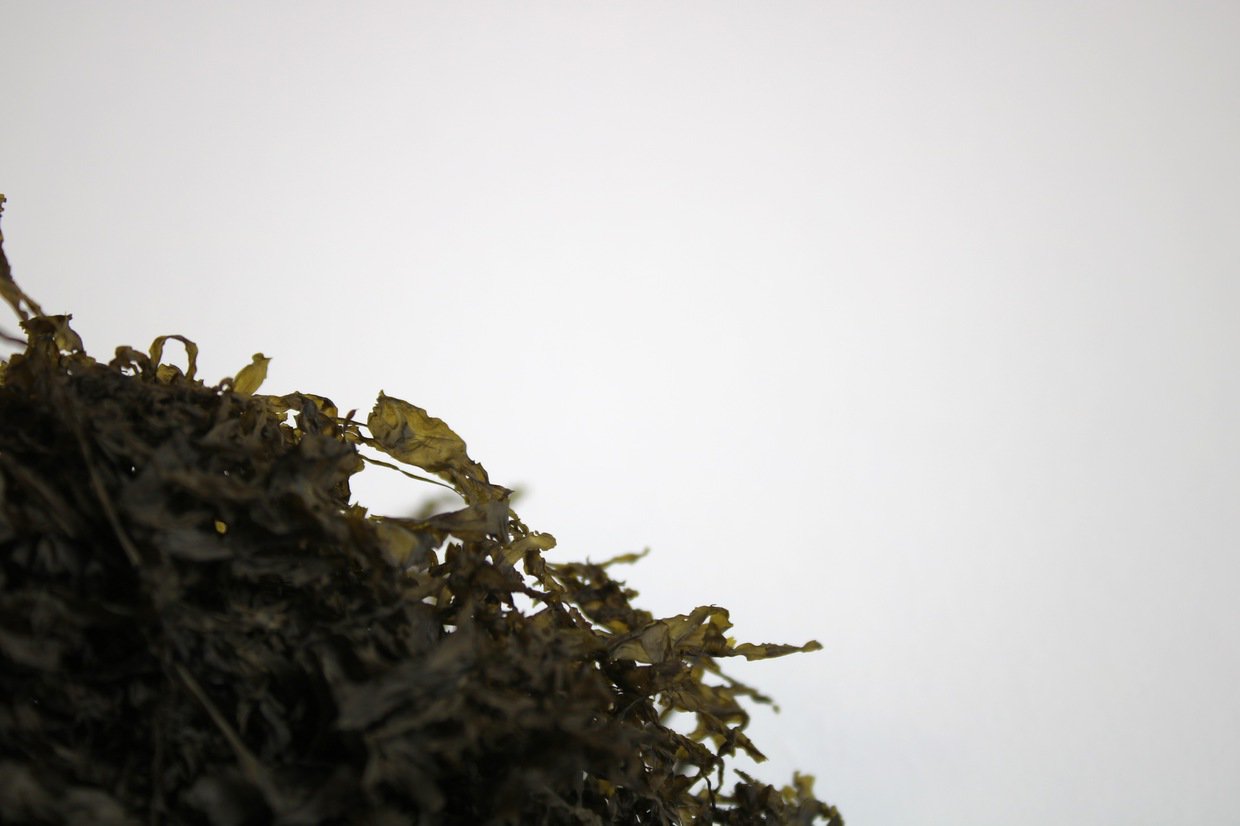
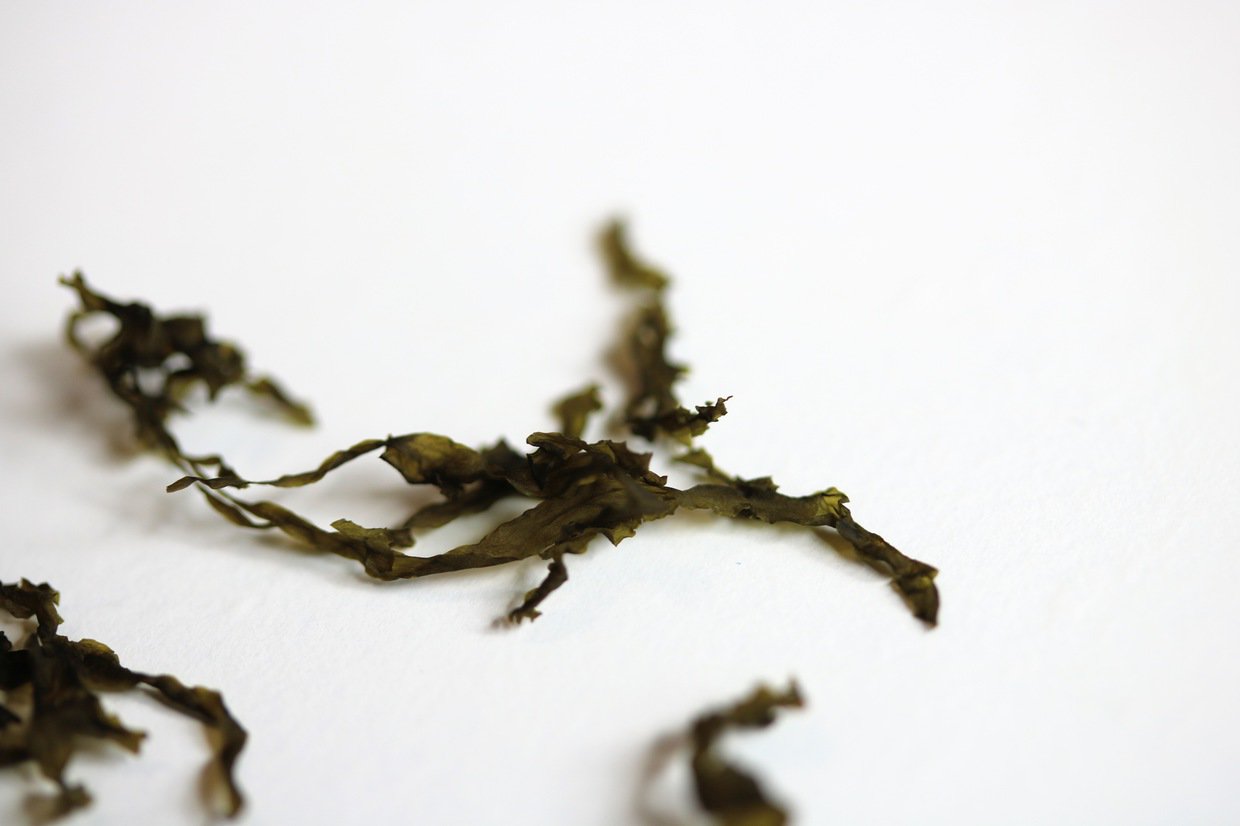
Though it depends on the area,
Habanori typically grows from autumn to spring, starting as a disc-like structure and then sprouting into leafy fronds.
They grow pretty big, reaching harvestable sizes of about 15 to 25 cm and widths of 1.5 to 5 cmsporting shades of greenish-yellow to reddish-brown between December and February.
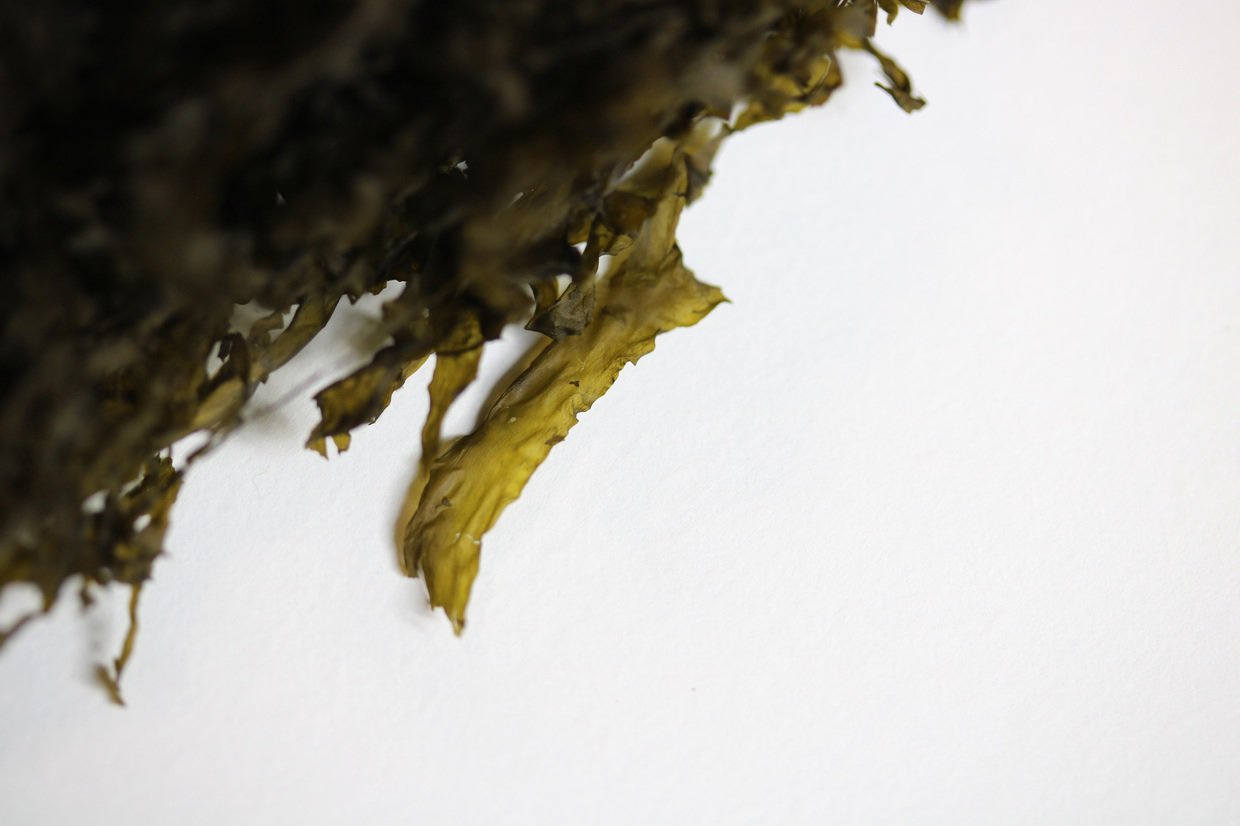
The thallus of Habanori is kind of membranous and shaped like bamboo leaves, with several strands extending from the base.
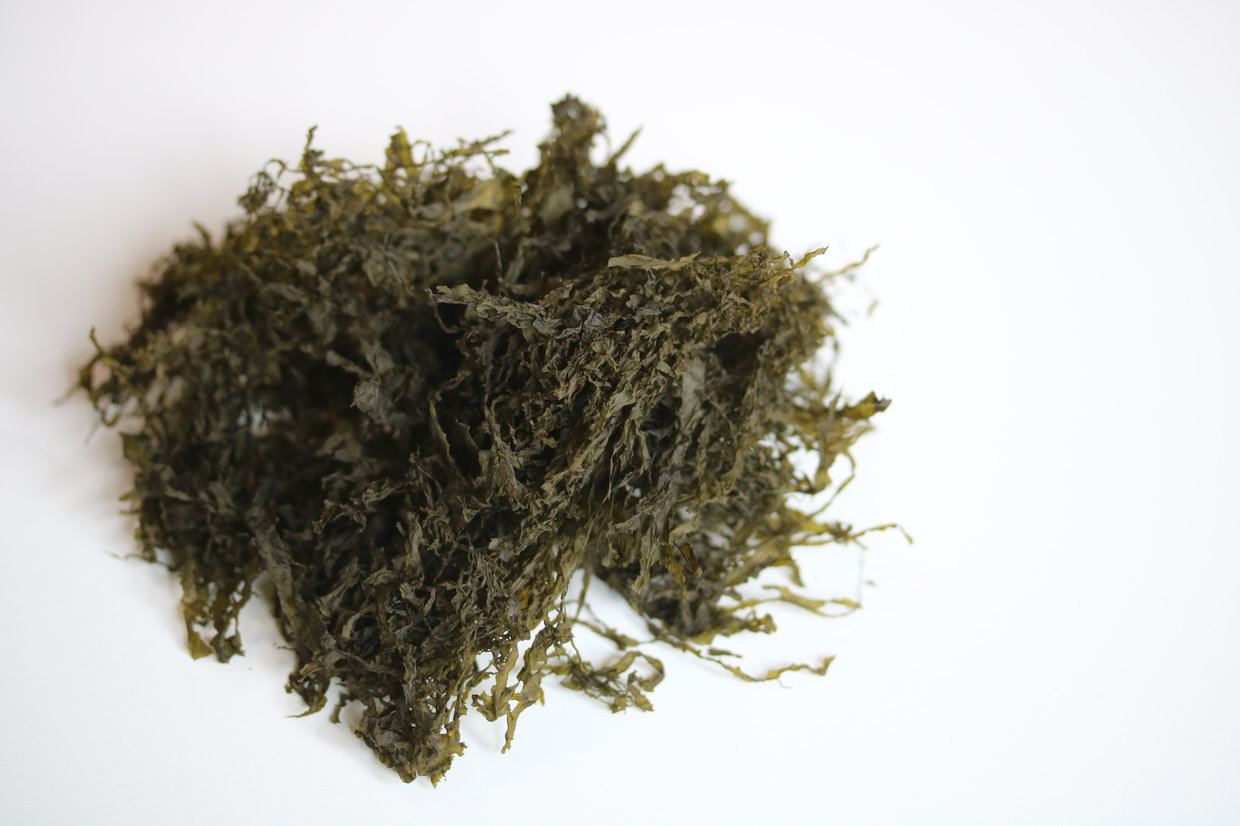
In spring, most of the parts becomes mature and starts to releases zoospores, changing their body into discoid forms to survive through summer. Then in autumn, leafy fronds emerge from these discoid forms.
There's also a less complicated asexual subcycle involving in the release of neutral zoospores, but let's skip the details. Eventually, they end their life cycle being carried away to the open ocean.

They thrive in rocky shores with intense waves, flourishing as winter colonies on intertidal rocky reefs.
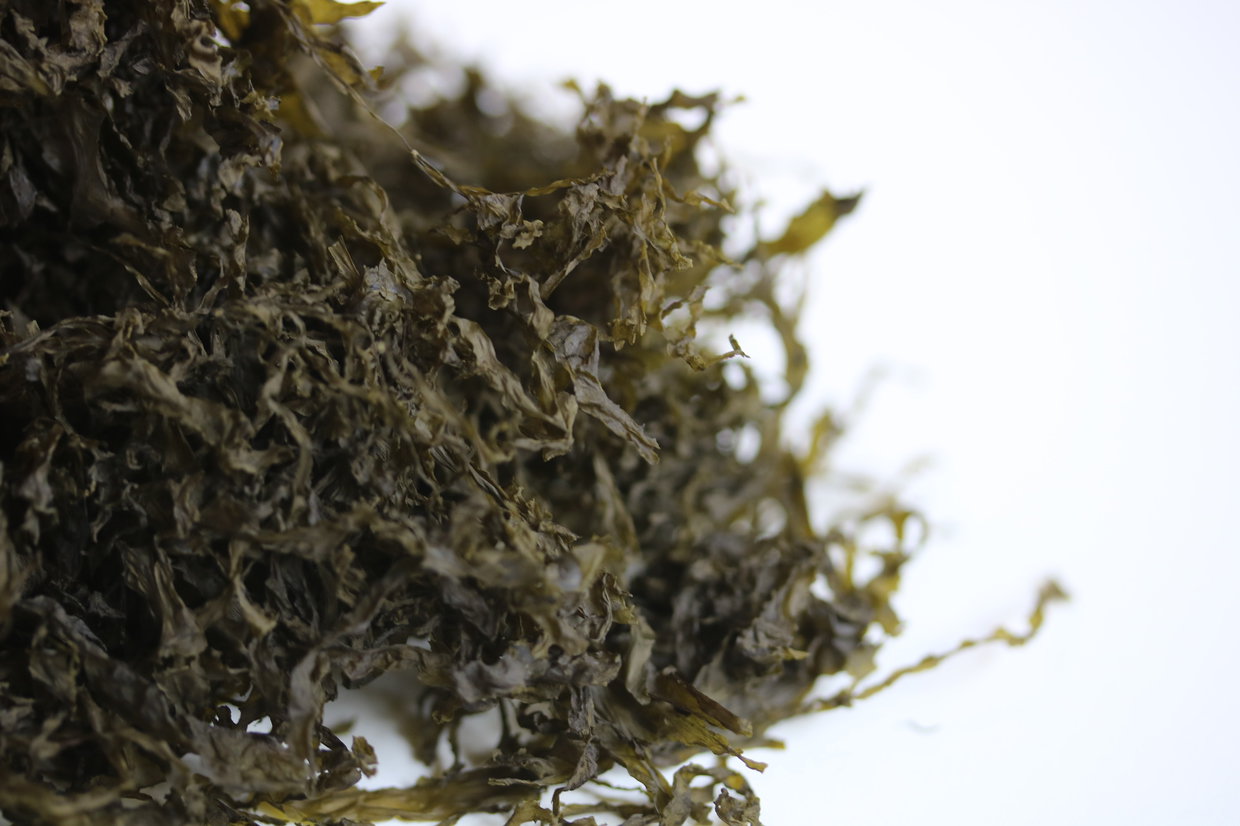
Harvested from winter to spring, they're cut into roughly 2cm pieces and arranged on screens to dry under the sun, becoming what we know as "haba" or "hanba".
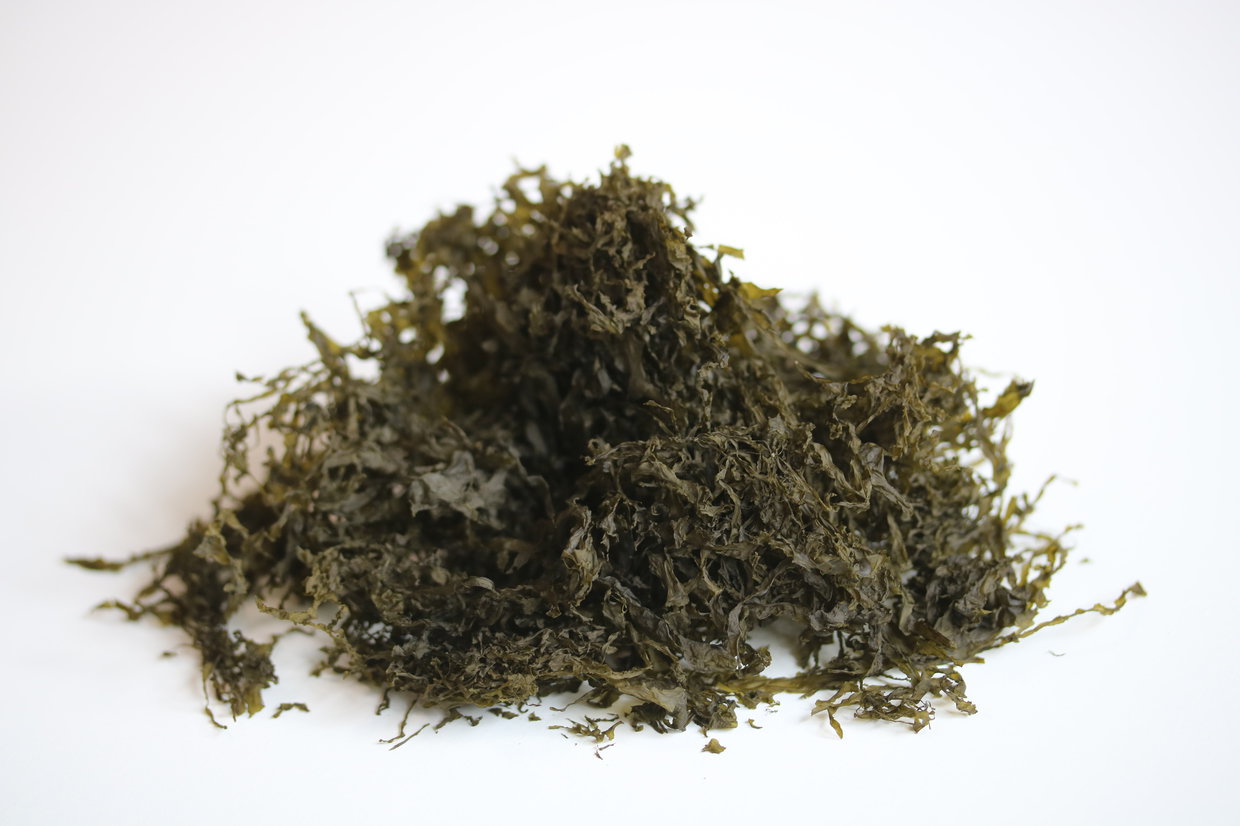
In several regions, mainly in Chiba, Mie, and Tokushima Prefectures, there's a tradition of shaping and drying Habanori seaweed like Nori sheets and grilling it before eating.
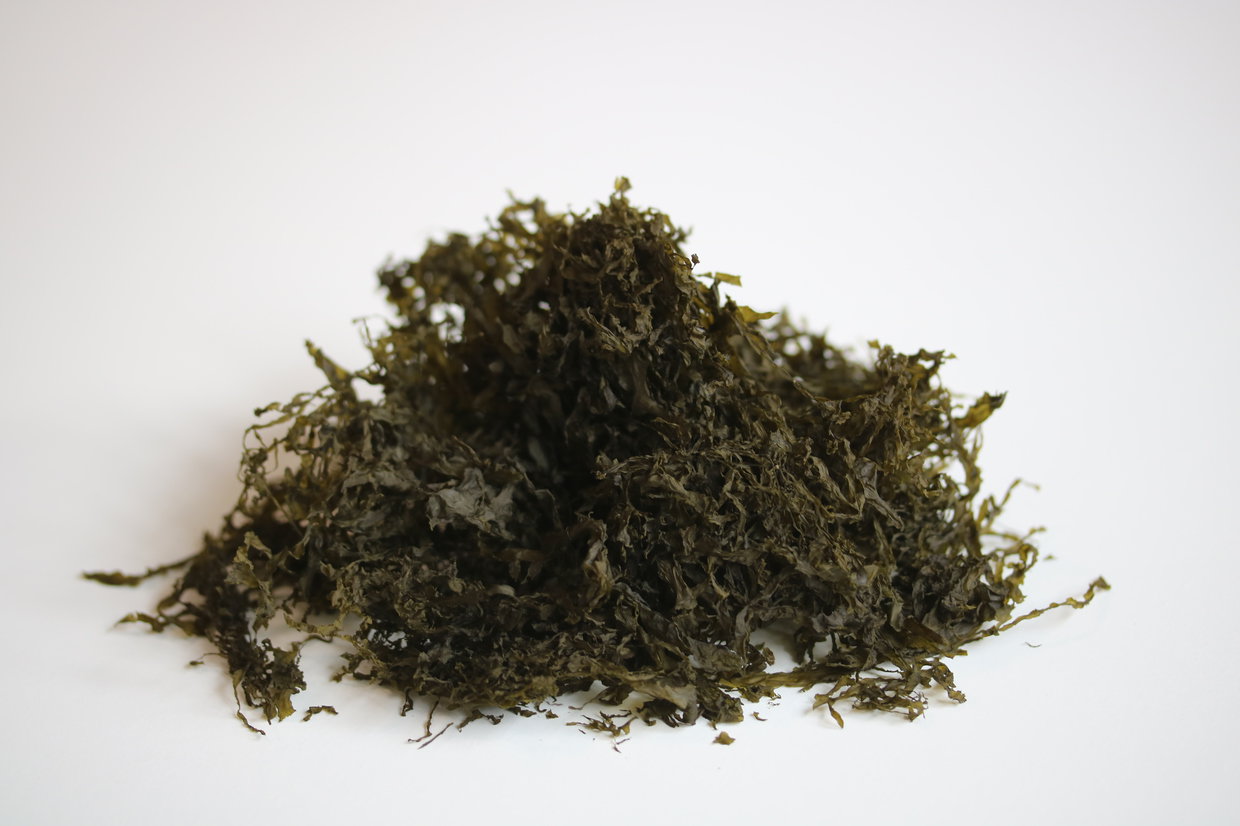
In some regions in Chiba prefecture, Habanori is treasured as a symbol of prosperity and good fortune.
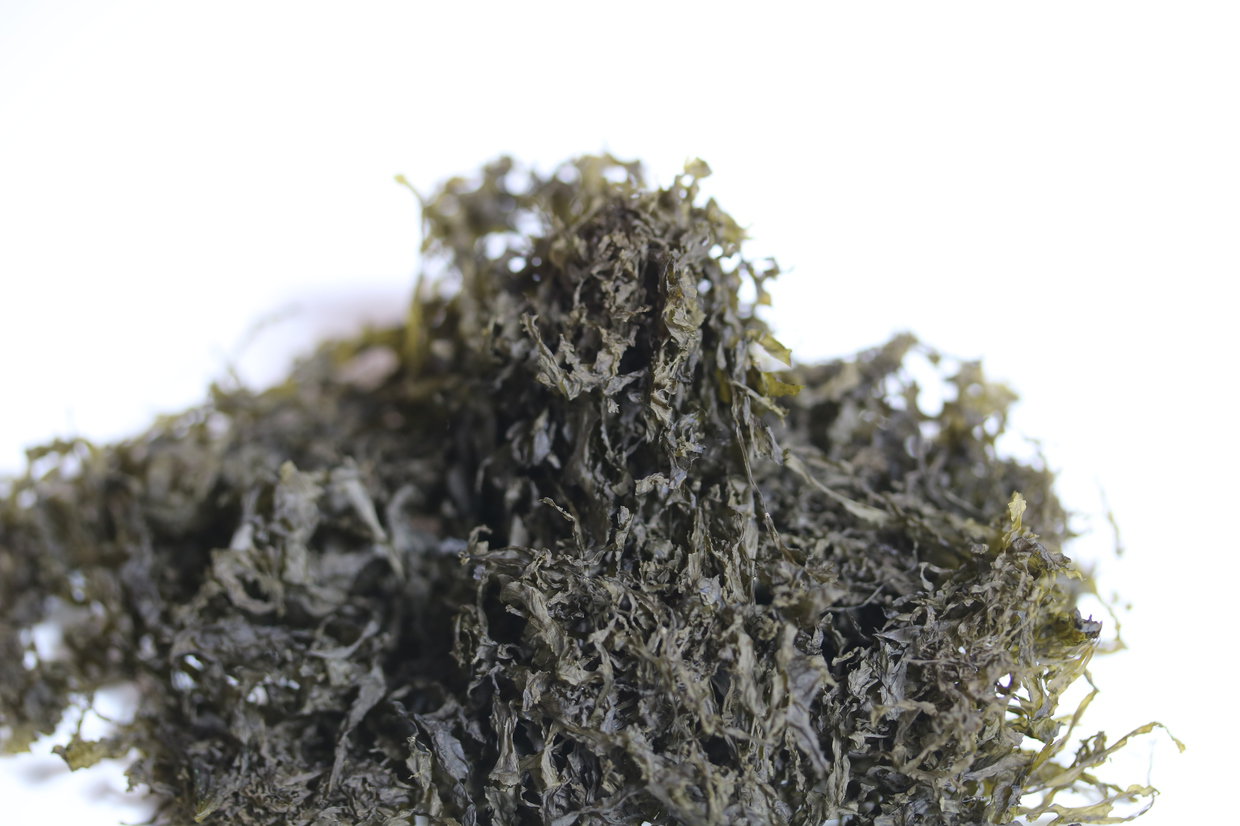
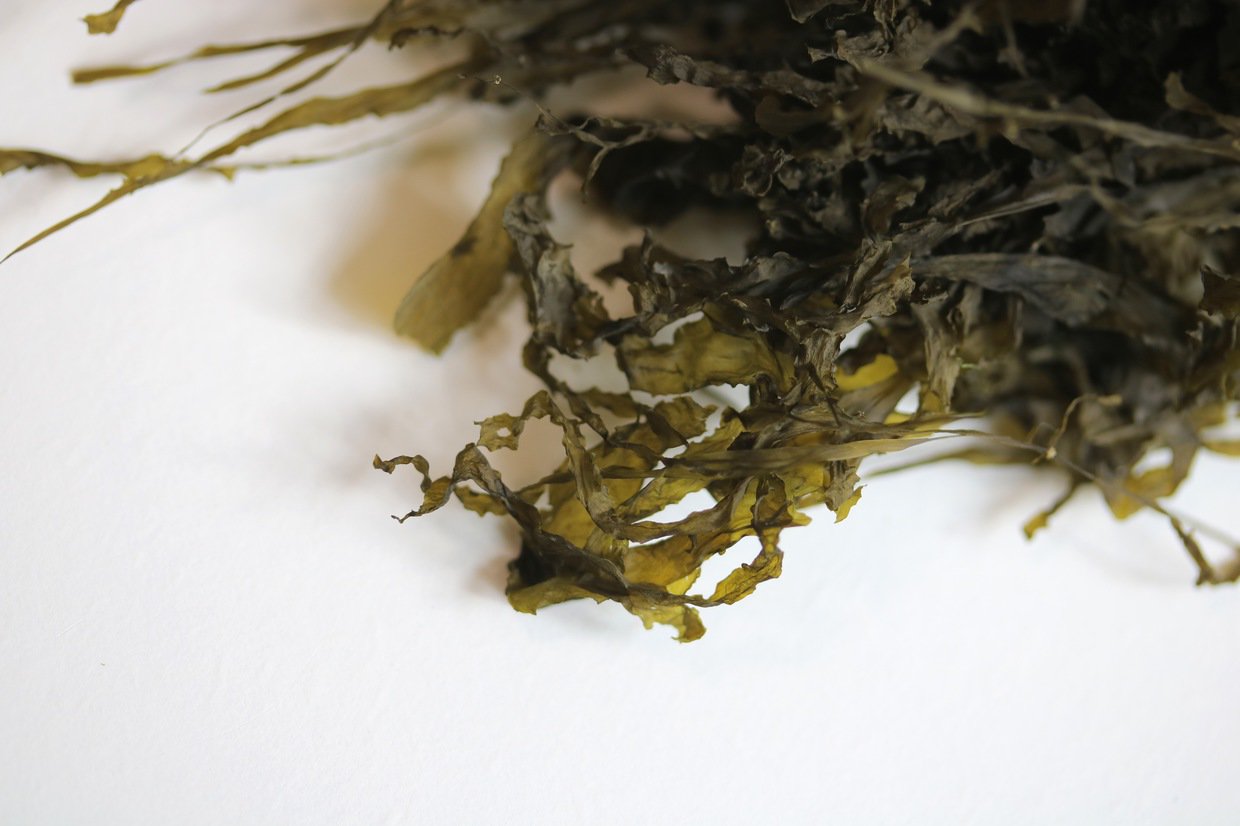
Habanori finds its way into numerous traditional dishes, with its most prominent role being in the New Year's celebration cuisine. Particularly in Chiba's eastern regions like Yamabu County, it's an indispensable ingredient in Ozoni, a traditional New Year's soup. Here, the dried and crushed Habanori is generously sprinkled atop the soup, adding depth of flavor and symbolic significance to the dish.
Apart from Ozoni, Habanori can be enjoyed in various forms – sprinkled over rice, paired with grilled rice cakes, or even incorporated into sushi rolls. Its umami-rich profile complements a wide range of flavors, making it a favorite among chefs and home cooks alike.
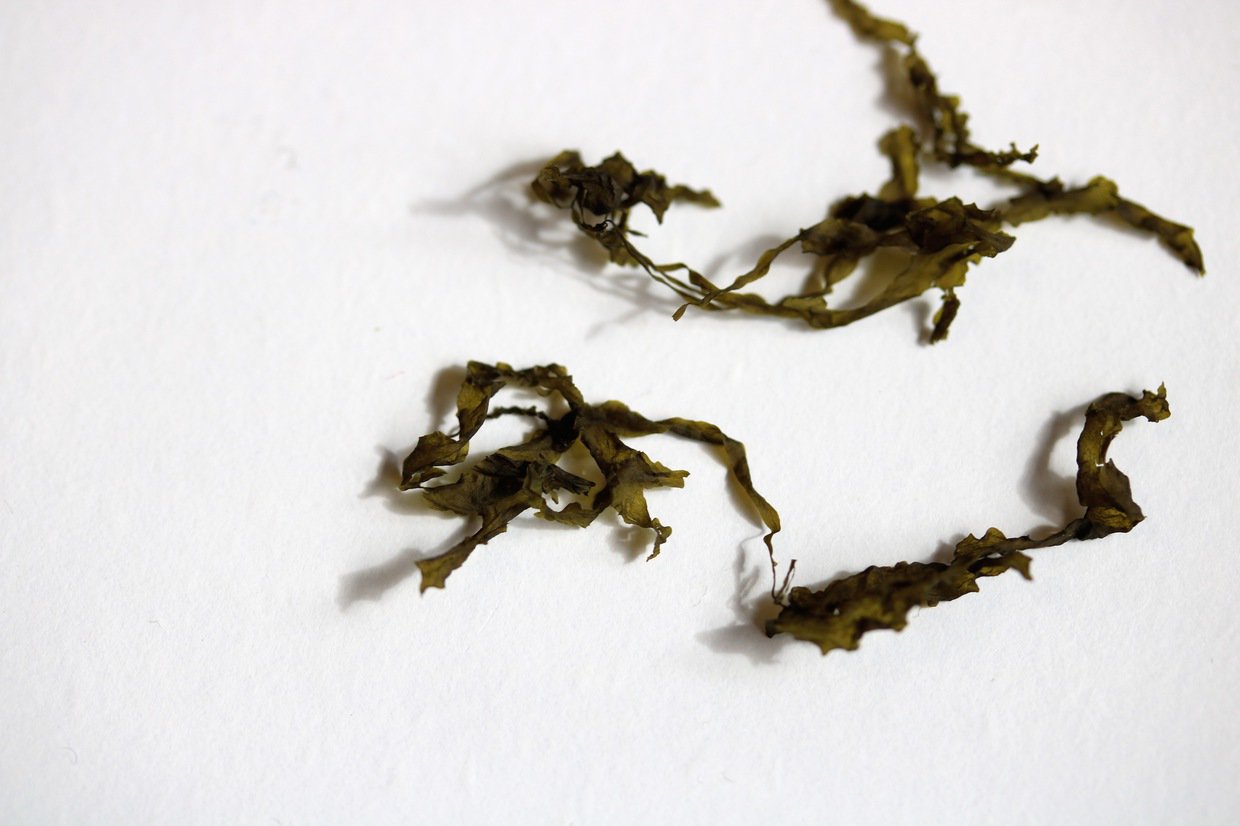
In Chiba Prefecture, Habanori holds a special place beyond its culinary applications. It's regarded as a symbol of prosperity and good fortune, often referred to as a "width-extending" or "width-boosting" ingredient. This belief has led to its inclusion in various celebrations and rituals, emphasizing its cultural significance beyond its gastronomic value.
>>>Stay tuned for our next installment! We will delve deeper into why certain regions hold such deep affection for Habanori with Chef Daisuke Okada.
「酢飯屋Sumeshiya Chef Okada's Comprehensive Introduction on "Habanori" Vol.2~The path to Devotees~」
Daisuke Okada
Born in 1979 / Sushi artisan and Sushi chef.
At the age of 18, he embarked on a journey into the world of food, dedicating himself to mastering the art of sushi. By the age of 24, he had gained enough experience and expertise to venture into independent sushi craftsmanship.
In 2008, he founded "Sumeshiya," a sushi restaurant located in Chuo Ward, Tokyo, operating on a reservation-only basis, catering to one group per day. His establishment quickly became a topic of discussion among food enthusiasts.
Subsequently, in 2016, he relocated his restaurant from Asakusabashi to Edogawabashi in Bunkyo Ward. Over the years, Okada has continuously expanded the possibilities of being a sushi artisan, participating in various projects such as serving as a model for a sushi manga titled "L’Art du Sushi" in France and curating exhibitions related to tableware and culinary arts at the New National Museum of Art.
Furthermore, he has authored books such as "おすしやさんにいらっしゃい!Welcome to the Sushi Shop!" published by Iwasaki Shoten and "季節のおうち寿司 Seasonal Home Sushi" published by PHP Institute, showcasing his knowledge and passion for sushi cuisine.
